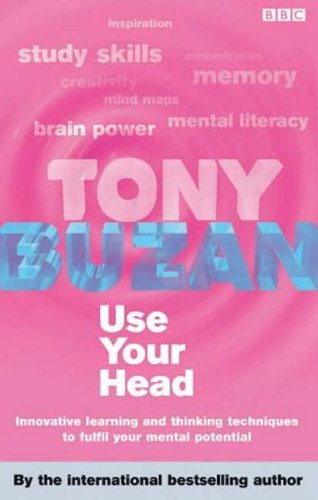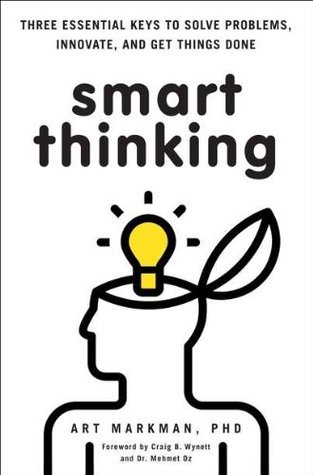
Six Thinking Hats
Book Description
Imagine a world where decisions spark creativity instead of chaos. Edward de Bono’s 'Six Thinking Hats' reveals a revolutionary approach to problem-solving that transforms the mundane into the extraordinary. With each colored hat representing a different perspective—emotional, analytical, creative, and more—this compelling guide takes you on a journey through the minds of leaders, innovators, and thinkers. It’s a battle of the brains, where the stakes are high and collaboration fuels inspiration. Can you unlock the power of your own thinking and change the way the world approaches challenges?
Quick Book Summary
Edward de Bono’s "Six Thinking Hats" introduces a powerful, structured approach to group discussions and decision-making. By assigning six metaphorical colored hats—each symbolizing a specific style of thinking—de Bono provides a framework for individuals and teams to separate emotions from facts, creativity from caution, and optimism from critical analysis. This systematic method eliminates confusion and encourages balanced consideration of ideas, promoting collaboration and innovation over conflict and indecision. Whether used in business meetings, classrooms, or personal reflection, the Six Hats technique helps unlock collective intelligence, streamlines problem-solving, and enables more creative, effective outcomes. De Bono’s method has been adopted worldwide for fostering clarity and constructive teamwork.
Summary of Key Ideas
Table of Contents
Structured Thinking for Effective Decision-Making
Edward de Bono’s Six Thinking Hats technique revolutionizes the way individuals and groups approach problem-solving by introducing six distinct perspectives—each represented by a colored hat. The White Hat focuses on facts, data, and information; the Red Hat represents emotions and intuition; the Black Hat applies caution and critical judgment; the Yellow Hat embodies optimism and positive assessment; the Green Hat sparks creative thinking; and the Blue Hat oversees the process itself. By compelling participants to adopt only one perspective at a time, de Bono eliminates chaotic, confrontational meetings and ensures all aspects of the issue receive focused attention.
Harnessing Diverse Perspectives
The method’s brilliance lies in its structured segmentation of thinking modes. When participants metaphorically “wear” the same hat, they are united in a single mode—be it exploring facts, generating ideas, or expressing feelings. This approach reduces misunderstandings and helps groups move systematically through different phases of analysis, ensuring no perspective is neglected. It fosters disciplined thinking and guards against bias or dominance, making group discussions more democratic and comprehensive.
Balancing Creativity and Caution
Diversity of thought is central to the Six Hats concept. Encouraging individuals to temporarily step outside their habitual viewpoints allows for richer discussion and innovation. The hats framework empowers quiet voices and divergent thinkers while containing interruptions from more forceful contributors. By validating emotional responses (Red Hat) as equally important as facts (White Hat) or criticism (Black Hat), de Bono’s method balances both hard and soft skills in decision-making.
Enhancing Group Collaboration and Communication
The Six Thinking Hats are especially valuable in collaborative environments where clear communication is essential. The technique can defuse conflict by channeling debate into structured stages—participants share reservations or generate creative alternatives without personal attacks. When everyone agrees to focus on a single perspective, meetings become more focused and productive, with clear action steps and shared ownership of solutions. This fosters a positive team culture conducive to innovation and problem-solving.
Overcoming Barriers to Productive Thinking
Adopting the Six Hats method challenges habitual thinking patterns and breaks down barriers to creative problem-solving. Participants are trained to separate logic from emotion, risk from reward, and possibility from practicality. Over time, individuals develop mental flexibility and confidence in their judgments, equipping them to navigate complex challenges in business, leadership, and life. De Bono’s framework provides both a common language and a practical toolkit for unlocking the full cognitive potential of any group.
Download This Summary
Get a free PDF of this summary instantly — no email required.





